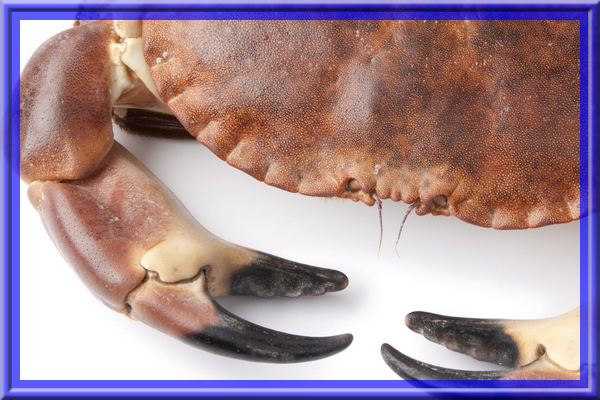
Crab Shells Have a Wonder Ingredient. So This Company Got Cracking
From husks that would go to waste, Tidal Vision extracts a polymer with many green uses
What would you do with more than five million pounds of crab shells? Most people would turn their nose up, literally. This year, instead, Craig Kasberg and his company Tidal Vision will convert that massive pile into a product that, among its many uses, not only replaces synthetic chemicals but makes water cleaner.
Kasberg grew up walking the docks every summer in his hometown of Juneau, Alaska, where he would pester the local fishermen and beg them for a job. At age 14, he finally got a bite. “If your son still wants a job commercial fishing,” a boat owner bluntly told his parents, “I need to know in the next 24 hours, and we’ll be leaving in 48 hours for a weekend.’”
Kasberg worked on commercial fishing vessels until his early 20s. After a year of college, he returned to the docks to embark on an entrepreneurial journey towards becoming CEO of Tidal Vision in Bellingham, Washington.
Founded in 2015, Tidal Vision has developed a unique way to process chitosan and sell it as a biodegradable alternative to toxic or synthetic chemicals in the agricultural, materials and water treatment industries. The polymer is derived from chitin, a building material naturally found in the shells of crustaceans, insects, algae and mushrooms. In the last quarter of 2023, Kasberg said his company’s 180 employees diverted a little over one million pounds of shells by making their liquid chitosan products, putting them on pace to hit 5.4 million pounds by this year’s end.
In 2022, crab was the highest valued catch in the U.S. at $584 million, according to the National Oceanic and Atmospheric Administration. But the meat-to-shell ratio for a Dungeness crab — the species most commonly used by Tidal Vision — is approximately one pound of crab meat to every three pounds of shell.
This leads to the between six to eight million tonnes of crustacean shell waste that’s generated every year by the global seafood industry. Most of that waste is either disposed of in landfills — for a pretty penny — or tossed back into the ocean. While it might sound sensible to send the byproduct back out to the ocean, a detached shell can reduce available oxygen, smother living organisms or spur excessive algae growth when it lands on the ocean floor.
This leaves seafood processors all along the coast searching for alternate means of disposal for the inevitable byproduct. At present, their options can be expensive.
![]()


